Ever wonder why so many matchas are dubbed, “ceremonial?”
The answer is very traditional! There are two ways to prepare matcha—usucha (“thin tea,” and how the majority of matcha drinkers encounter it) and koicha (“thick tea”) style. For normal, everyday matcha preparations, usucha is the preferred method. Usucha requires 2 chashaku scoops (roughly 2 grams) of powder, whisked with (up to) 4oz. of 150-175°F water. The resulting brew is usually foamy, spry, sweet, with a gentle umami tone throughout. Koicha is a different scenario entirely.
For one, Koicha – a slick, concentrated, lustrous, and syrupy matcha preparation that rewards the drinker with pure, deep layers of flavor – is generally made from matcha that has been crafted from plants over 30 years old. Most tea ceremony schools consider koicha the pinnacle of a full-length tea ceremony (chaji 茶事) experience.
Secondly, the resulting brew is as the name describes; a thick tea. There is some debate among many matcha resources as to what equates to the perfect powder-to-water ratio for preparing koicha. Typically, the amount of matcha powder used is 3.75-4 grams, but the water ratio can vary depending on what resource or tea school the drinker is referencing. A good rule of thumb is to use 2 grams of matcha for each guest that will partake. As far as water, some will say as low as .65oz of water; others recommend as high as 1.75oz.
Unlike whisking matcha, as you would for usucha, koicha is made by slowly "kneading" or "stirring" the chasen in a circle around the chawan as you incorporate the matcha into the water. We like to say it's as if you are painting the matcha away into the water until a smooth paste is formed.
Whatever the chosen powder-to-water ratio, the result should be a brew that looks more like a syrup than a tea. And of equal importance, the matcha used should be of high quality. Terms like “ceremonial grade” are thrown around quite a bit in matcha circles, but there really isn't a specific quality grading curve for matcha. That and such a judgment can be entirely subjective. Traditionally, the term ceremonial was (and should be) reserved for matcha that is quality enough to prepare the intense experience that is koicha. One should also note that while you certainly can (and should!) prepare usucha and koicha at home for personal enjoyment and sharing with friends and family, doing so does not culturally equate to performing cha-no-yu (traditional Japanese tea ceremony).
Dedication and Experience
Though you are experiencing and using the same tools and tea, conducting and hosting a true Japanese tea ceremony requires years of dedicated tutelage, practice, and study from specific tea schools. We highly encourage you to attend a tea ceremony if there is a school in your area! There are several botanic gardens, museums, or tea schools that will offer open house events from time to time so you can experience the beauty of the tea ceremony for yourself.
Thick, syrupy kociha matcha
But which matcha is best for enjoying koicha at home? A handy recommendation: the brighter green of the leaf powder, the higher quality it is. Another good indicator is the smell. High-quality matcha powder will have a more full-bodied, sweet aroma. Grassier, rougher, dull aromatics in matcha indicate that the powder has had some exposure to oxygen during processing.
Our Kokoro falls into the quality, koicha category. This tea is the highest grade, ceremonial matcha in the Mizuba line, and it shows in both powder color and smell. Kokoro’s powder is fine and bright green, whereas the aroma invokes silky textures and naturally sweetened kelp snacks. Of our line, it is the matcha we recommend for koicha-style preparation.

When prepared koicha style, the result is a thick syrup of pure Japanese tea flavor. Unlike usucha, it may take a little bit of time to reach your mouth. But when it does, the drinker is greeted with a chewy brew of straight umami coupled with a silky sweetness that just lingers on the tongue.
A thick slurp of koicha may take its time to reach the lip of your chawan
For each sip, it is recommended that even the most seasoned koicha drinker take a bite of something sweet. In most tea ceremonies or commercial tearooms, matcha is paired with a small snack (or wagashi), something that is both sweet and savory. The reason is, that the taste of koicha matcha is strong, and—for some—might need to be gentled with something sweet to fully enrich the experience. A piece of dark chocolate is one of our favorite accompaniments.
While koicha style matcha is not for everyone, it is worth experiencing once—if only to see how versatile a high-quality matcha can be. Whether your preference is thin tea or thick tea, a good matcha should be able to match any drinker's palate. Your ritual is your own.
Is Koicha Right for you?
As with any tea, the best way to drink it is the way you enjoy the most. Preference is entirely up to the drinker – if you want to shake up the powder in a mason jar, or put it into a cake, or diligently whisk it with the chasen every morning - that is entirely up to you! All we, as matcha purveyors, hope to do is point you in a direction that best suits your tastes. Enjoy!
PS - one way to enjoy koicha is to make a matcha affogato!
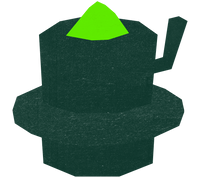

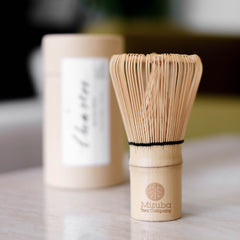
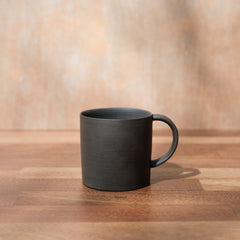
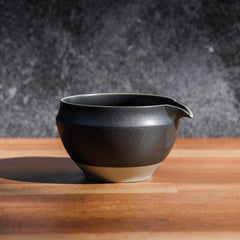
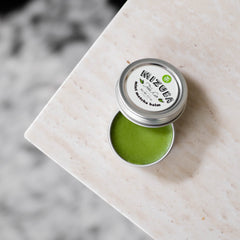
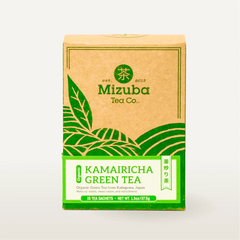
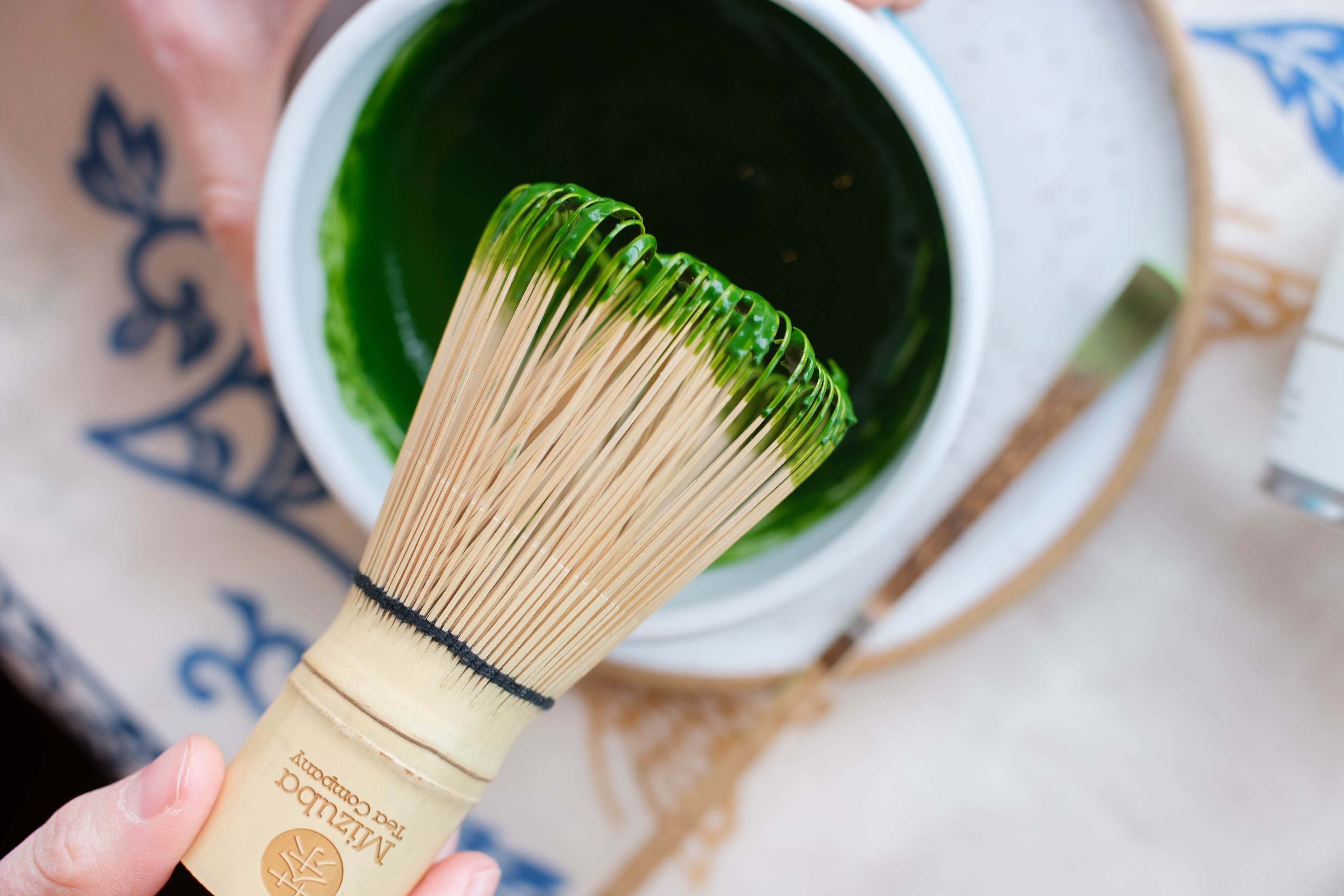


1 comment
This was very helpful, I ate much tea
Leave a comment